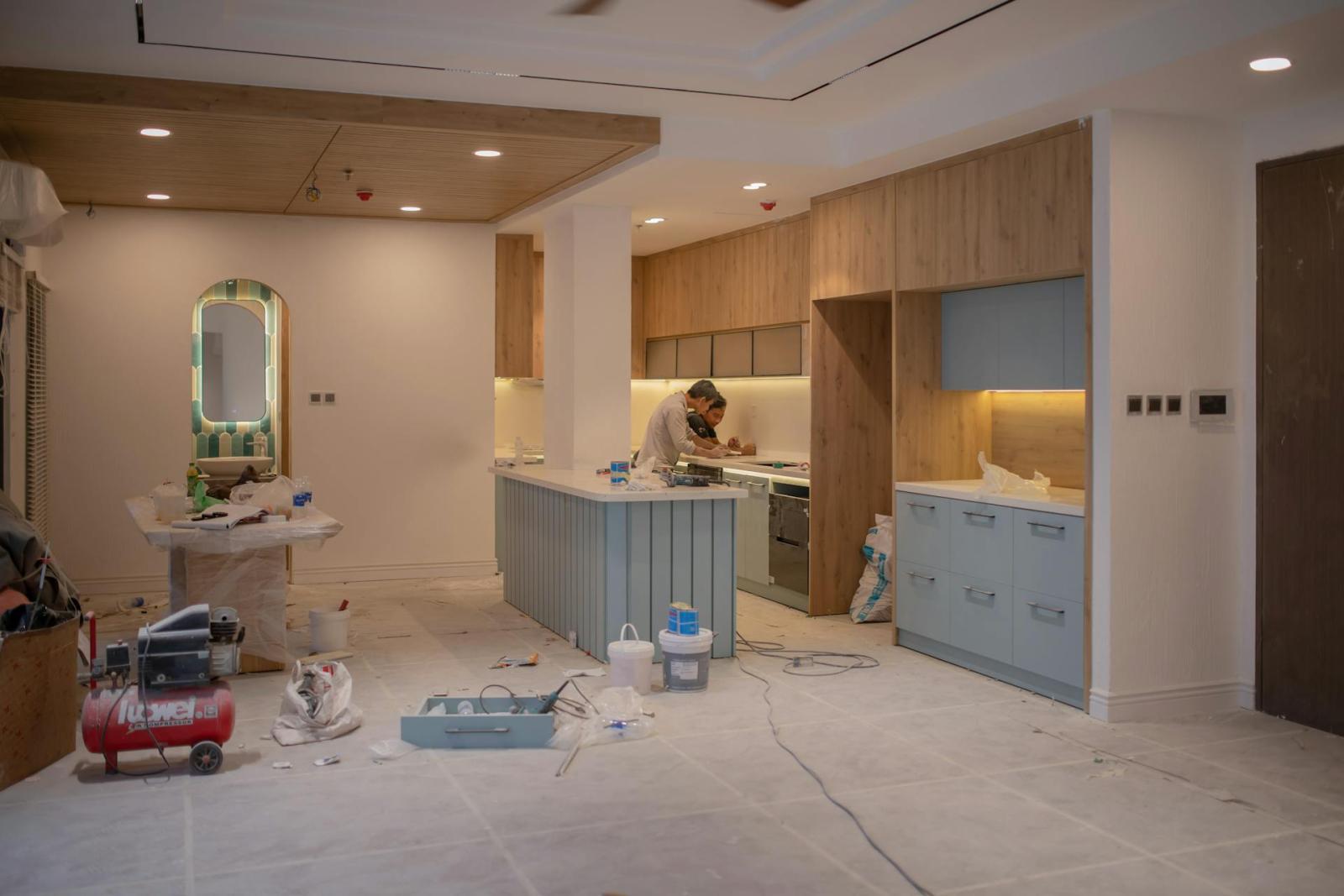Notifications

7 minutes, 26 seconds
-297 Views 0 Comments 0 Likes 0 Reviews

The kitchen, often hailed as the heart of the home, has evolved significantly from a purely utilitarian space into a multifaceted hub for cooking, socializing, and even working. Designing a kitchen that seamlessly blends elegance and efficiency is no longer a luxury but a necessity for modern homeowners. Achieving this harmonious balance requires careful consideration of several key factors, from layout and material choices to appliance selection and smart storage solutions. This article will explore various design strategies that elevate a kitchen into a space that is both beautiful and highly functional, enhancing the overall living experience.
The layout is the cornerstone of any successful Kitchen Design. A well-planned layout optimizes workflow, minimizes unnecessary steps, and ensures efficient use of space. The classic "kitchen work triangle," connecting the sink, refrigerator, and cooktop, remains a relevant concept, although modern designs often adapt it to accommodate larger kitchens and multiple cooks. Island kitchens have become increasingly popular, providing additional counter space, storage, and a social gathering point. Peninsula kitchens offer a similar function but are attached to a wall, making them a suitable option for smaller spaces. Ultimately, the best layout depends on the kitchen's dimensions, the homeowner's cooking style, and their lifestyle. Carefully consider the placement of appliances, workstations, and walkways to ensure a smooth and ergonomic flow.
The materials chosen for a kitchen significantly impact its aesthetics, durability, and maintenance. Countertops are a focal point, and options range from natural stone like granite and marble, known for their elegance and resilience, to engineered quartz, which offers a wider range of colors and patterns and is highly resistant to stains and scratches. Cabinetry is another crucial element, with wood, laminate, and painted finishes being popular choices. High-quality hardware, such as knobs and pulls, can elevate the look and feel of the cabinetry. Flooring should be both visually appealing and durable enough to withstand heavy foot traffic and spills. Tile, hardwood, and engineered wood are common options. When selecting materials, prioritize durability, ease of cleaning, and resistance to moisture and heat. Consider the overall aesthetic and choose materials that complement each other to create a cohesive and harmonious design.
Modern kitchens benefit greatly from the integration of smart appliances. These appliances not only enhance convenience but also improve energy efficiency. Smart refrigerators can track inventory, suggest recipes, and even order groceries automatically. Smart ovens can be controlled remotely, allowing you to preheat the oven on your way home from work. Smart dishwashers can optimize water usage and cycle times. Induction cooktops offer precise temperature control and are energy-efficient. When selecting appliances, consider their features, energy efficiency ratings, and connectivity options. Integrating smart appliances into your kitchen design can significantly improve your cooking experience and contribute to a more sustainable lifestyle.

Adequate storage is essential for a functional and organized kitchen. Beyond traditional cabinets and drawers, consider incorporating innovative storage solutions to maximize space and minimize clutter. Pull-out shelves, drawer dividers, and spice racks can keep items organized and easily accessible. Corner cabinets can be fitted with lazy Susans or pull-out organizers to utilize otherwise wasted space. Vertical storage solutions, such as tall pantry cabinets or open shelving, can provide ample space for food and cookware. Consider incorporating a designated space for recycling and waste management. When planning storage, think about your specific needs and cooking habits to ensure that everything has its place.
Lighting plays a crucial role in creating a functional and aesthetically pleasing kitchen. A well-lit kitchen is safer, more enjoyable to work in, and visually appealing. Layered lighting, which combines ambient, task, and accent lighting, is the most effective approach. Ambient lighting provides overall illumination, while task lighting focuses on specific work areas, such as countertops and cooktops. Accent lighting highlights architectural features or decorative elements. Under-cabinet lighting is a valuable addition, providing focused illumination for food preparation. Consider using energy-efficient LED lighting, which is long-lasting and cost-effective. Dimmers allow you to adjust the lighting levels to create the desired ambiance.
While functionality and efficiency are paramount, a kitchen should also reflect your personal style. Incorporate personal touches through color palettes, decorative accents, and artwork. Choose colors that you find calming and inspiring. Consider using a neutral base palette with pops of color through accessories, such as backsplash tiles, countertop appliances, or artwork. Display cherished cookware or decorative items on open shelves. Add a personal touch with framed photos or artwork. The goal is to create a kitchen that is not only functional but also reflects your personality and makes you feel comfortable and inspired.
Sustainability is an increasingly important consideration in kitchen design. Choose eco-friendly materials, such as bamboo cabinetry, recycled glass countertops, and energy-efficient appliances. Install a water-saving faucet and dishwasher. Consider incorporating a composting system. Natural light is a valuable asset, reducing the need for artificial lighting. When remodeling, consider donating or repurposing existing cabinets and appliances. By prioritizing sustainability, you can create a kitchen that is not only beautiful and functional but also environmentally responsible. This approach not only benefits the planet but also enhances the overall value and appeal of your home.

